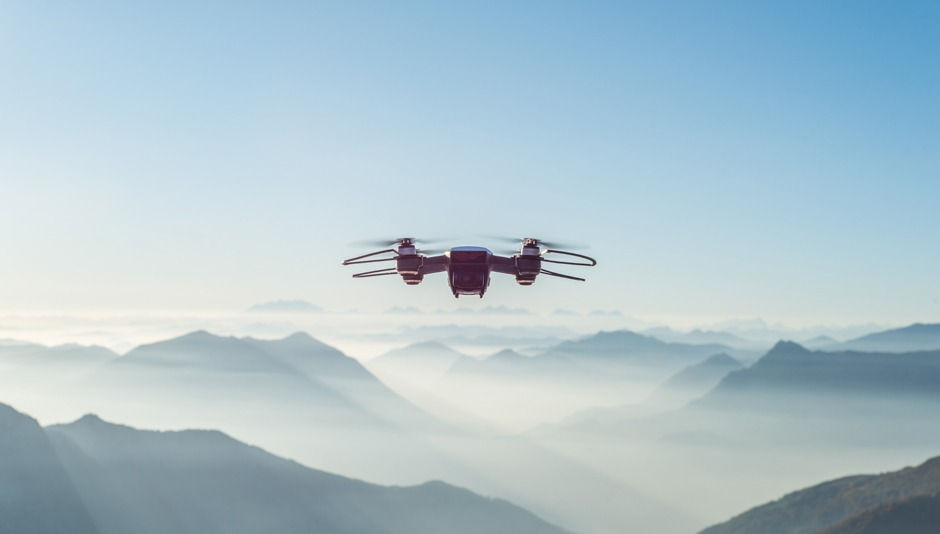Here is a question I get on a regular basis. Question: How far can we fly our drone at the incident scenes and how far beyond the line of sight can we go? Answer: You would think there would be a simple answer to this question. There actually is but the facts get clouded with ... Read more

psflight.org
Far too many pilots assume the flight distances they can go but we wanted to test how far you can actually fly and remain complaint with the regulations.

psflight.org
Excerpt:
"What the Testing and Data Tell Us
Put your beliefs aside for a moment and just try to square the facts with reality. CFR 107.31 requires us to maintain those required observational items to be compliant with VLOS flight. COAs and even a Tactical BVLOS waiver all require VLOS by a VO if the aircraft is BVLOS for the pilot.
Night flight distances would be no higher than 40 feet or further than 65 feet from the VO, even with strobes on during flight.
During the day flight should not be more than 1,200 feet if you are using a VO that has not lost contact. If you are flying as a Part 107 pilot without a VO, you are required to maintain VLOS at all times but if you do look away, testing data showed that the safe flight distance was 400′ AGL and about 500′ from the responsible party watching the aircraft."

 www.highlander.io
I hope to help write the software that makes this possible.
www.highlander.io
I hope to help write the software that makes this possible.
 www.highlander.io
www.highlander.io














